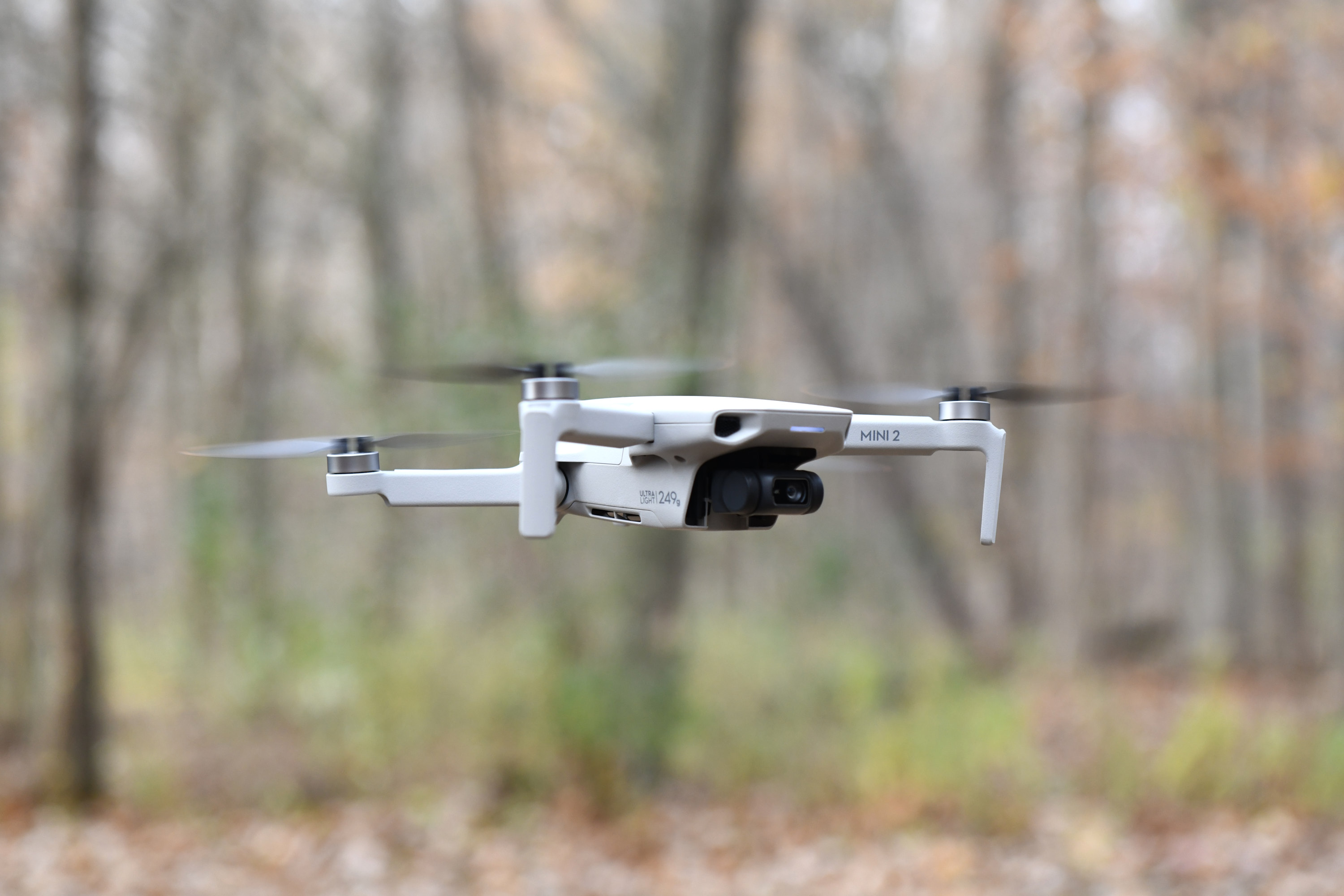You can follow along with this blog post by clicking the Listen to The Article button. Give it a try!
Getting your feet off the ground — both literally and figuratively — to try drone photography for the first time is intimidating. DJI’s Mavic Mini lowered the entry point to drone photography with a sub $500 price and lightweight design while still including several safety features from the company’s pricier drones. The DJI Mini 2, announced today, adds 4K video and RAW shooting, more powerful motors, and a more reliable connection.
The idea of sending several hundred dollars worth of camera equipment into the sky has always made me equal parts nervous and excited. But, a weekend with the DJI Mini 2 relieved most of those fears, despite it nearly being grabbed out of the sky by a territorial hawk. I took my first drone flight with the Mini 2 — and now I’m hooked.
Table of Contents
DJI Mini 2 Tech Specs
- 1/2.3” sensor
- 12 megapixel RAW and JPEG
- 4K at 30 fps and 100 Mbps
- 3-axis gimbal
- 249 g weight
- Pre-programmed flight modes and panoramas
- Mobile downloads
- OccuSync 2.0 transmission
- Top speed 16 m/s (sport mode), 10 m/s (normal mode), 6 m/s (Cine mode)
- Flies in winds of up to 24 mph
- Safety features, including Return to Home, Geo fencing
- Battery rated for up to 31 minutes of flight time
Ergonomics
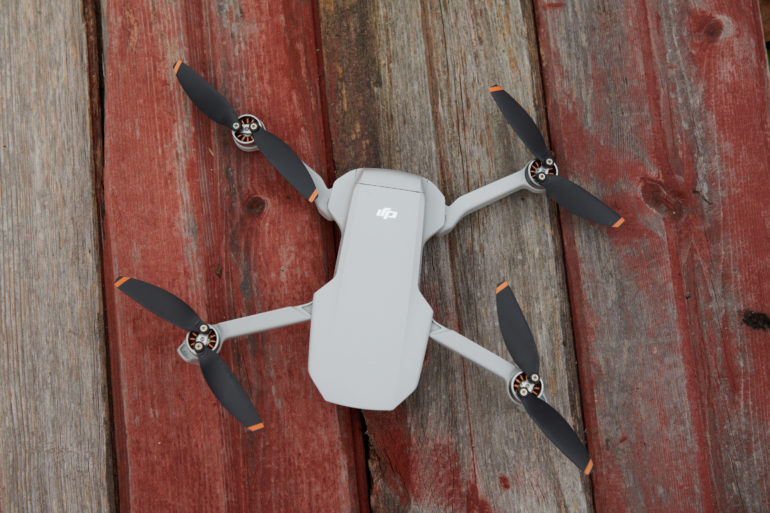
Little has changed from the overall design of the original Mavic Mini. The folding drone weighs less than 249 grams (about 8.7 ounces), allowing recreational flyers in the U.S. to take off without registering with the FAA. (Professional users will still need to follow the rules for commercial drone flight, and all drone pilots should be versed in drone safety before takeoff.)
Unfolded, the drone measures a small eight inches wide, excluding the propellers. The only control on the drone itself is the on/off button. The button is pressed once to check the battery levels via a set of four LEDs. The camera and gimbal rest in their usual spot under the front of the drone. The rear houses the battery, a miniSD slot, and a USB-C port if you want to recharge without removing the battery. A camera cover and propeller wrap is included for storage, though both were a bit finicky to get back on.
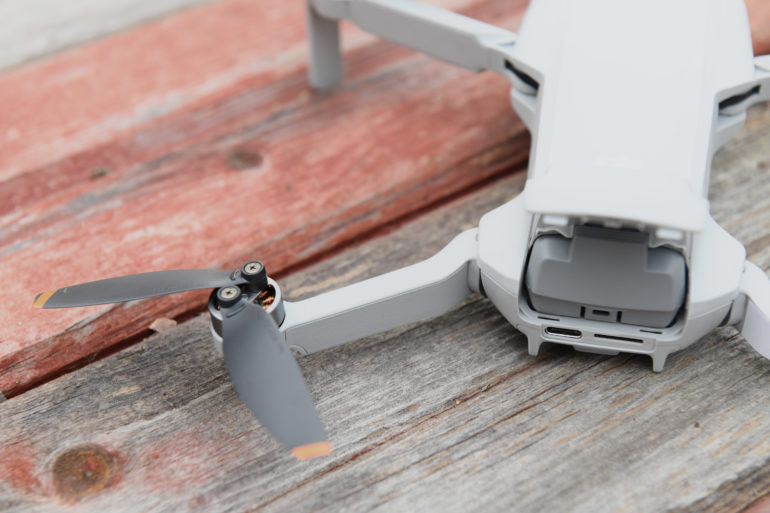
The quadcopter’s four arms fold: two of them folding out and two folding down. The drone is small enough to slide into a lens slot of a camera bag or even tuck in larger pockets like a jacket or a pair of men’s jeans. It is, in fact, so small that if you fly the drone to the maximum altitude, it disappears in the sky.
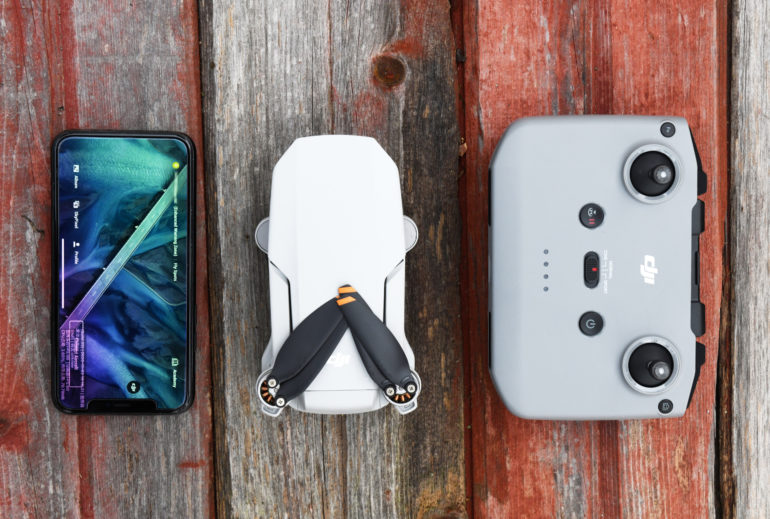
Ironically taking up more room than the drone itself, the included controller is just as slim as the drone but a bit wider. The phone cradle at the top stretches to accommodate larger smartphones. My iPhone 11 Pro easily fits in the cradle. I did have to remove my case to plug it in — a minor inconvenience created by the cord design, which puts the cord length at the side of the plug.
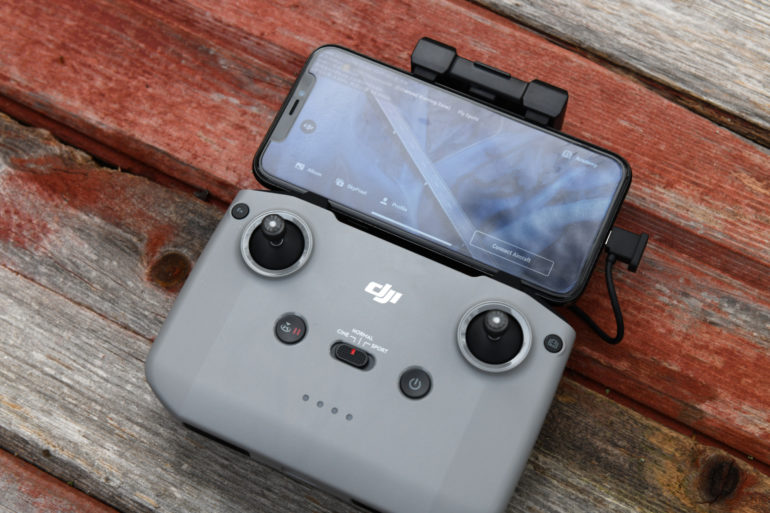
The controller fits comfortable in my hands, with two ergonomic hand grips on the back. The dual joysticks were easy to reach, along with the return to home, power, camera mode, and Fn bottom on the front. Resting near my index fingers, a wheel on the left adjusts the angle of the camera. A button on the top right takes a photo or starts a video.
Build Quality
The weight of the drone is both good and bad. It’s excellent because a heavier drone would require FAA registration. Plus, it would have had shorter battery life. Don’t forget that it would cause more damage in a crash, and feel more intimidating to newbies. But, the Mini 2’s feel didn’t exactly assuage my fears of sending a $500 camera crashing to the ground. The plastic build feels a bit fragile.
However, if I had to choose between the two, I’d choose the longer flight time, registration-free set-up, and beginner-friendly price. All drones need to be lightweight to actually fly, and falling out of the sky is probably enough of a catastrophe to damage even the sturdier plastic frames.
Unlike the original DJI Mavic Mini, DJI Care Refresh will be available for the Mini 2. Consider this an insurance plan that will repair or replace a crashed drone up to three times in that two-year span. The plan costs $49 for one year for up to two replacements, or $79 for two years and up to three replacements.
Ease of Use
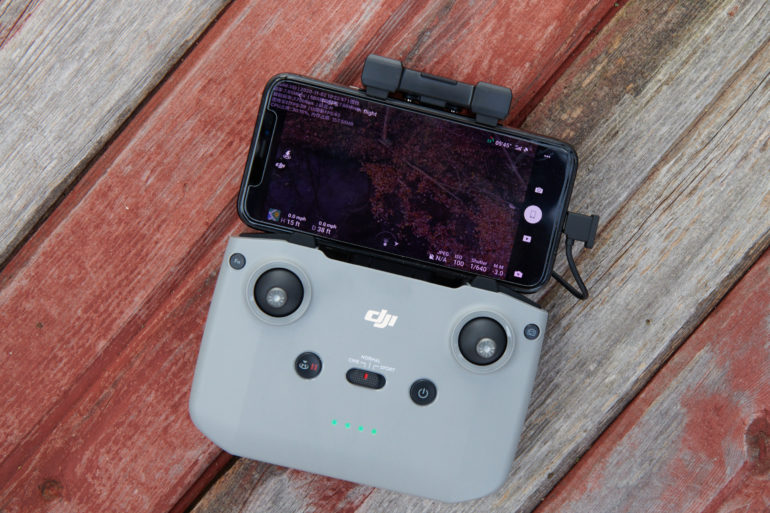
While the Mini 2 lacks the obstacle detection of the Mavic Air 2, the beginner’s drone still packs in several features designed to make flight simple for first-time pilots like myself. The app walks you through a hands-on tutorial, including takeoff, controlling the drone, and landing. During the flight, the app even talks to you in a soothing voice, not unlike a flight attendant.
But even more important is that DJI builds in several smart safety features. When a leaf blew under the drone while attempting to land, the drone sensed the movement and automatically aborted the landing, sending a warning about unsafe landing conditions to the app. I received warnings throughout the first few flights when the GPS signal was lost from flying too high or moving to a lower altitude in high winds.
The Mini 2 has both automatic take-off and landing, again with smart safety features built-in. The drone won’t take off on uneven surfaces, including grass, and will also continue to hoover and send an alert if motion or uneven terrain is detected at landing.
“But even more important is that DJI builds in several smart safety features. When a leaf blew under the drone while attempting to land, the drone sensed the movement and automatically aborted the landing, sending a warning about unsafe landing conditions to the app.”
DJI’s Return to Home feature is also built-in, which is similar to the automatic landing but flies the drone to the same location that it took off from. But without obstacle detection, the feature is reserved for use in open spaces (or for equipment failure, such as if the connection between the remote is lost).
The DJI fly app also has several pre-programmed flight modes built-in, creating pro-looking video movement for total drone newbies like myself.
- Helix spirals up around the subject
- Dronie tracks the subject and flies up
- Rocket flies straight up above the subject
- Circle encircles the subject at a consistent altitude
- Boomerang flies in an oval path, starting and stopping in the same place.
These modes make it simple to create impressive, short video clips. However, like the Return to Home, they should only be used in a clear area since the drone doesn’t have obstacle detection.
The Mini 2 also includes three panorama modes — a 26-shot Sphere mode, a 180-degree mode, and a 3×3 wide angle. The camera mode also includes auto exposure bracketing and a selfie timer.
One of the major updates from the original includes the Mini 2 using OccuSync 2.0 to connect the drone and the controller. That’s the same system used on the brand’s pricier drones. The first generation used Wi-Fi, which is more susceptible to inference. OccuSync 2.0 has two channels in case one fails. During my three flights, I never lost connection with the controller (though I did once fly too high for a GPS signal).
Image Quality
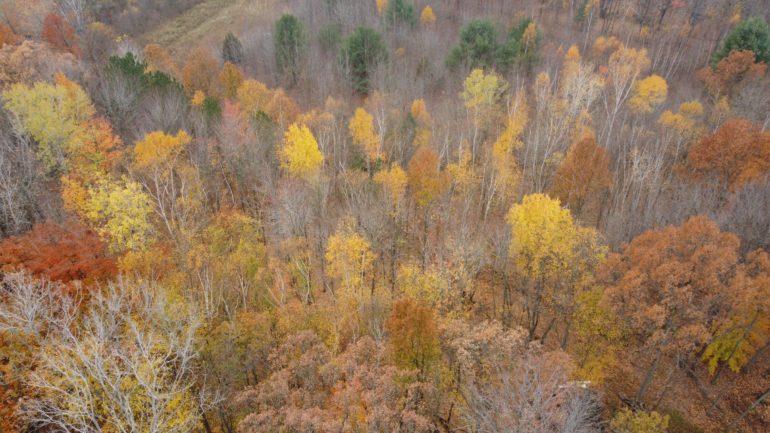
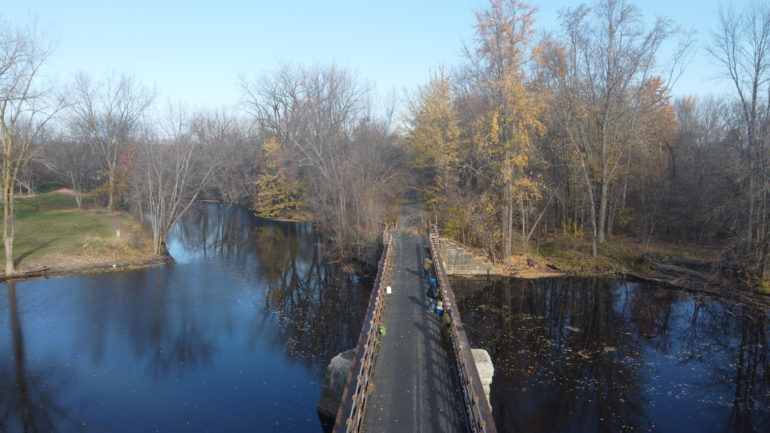
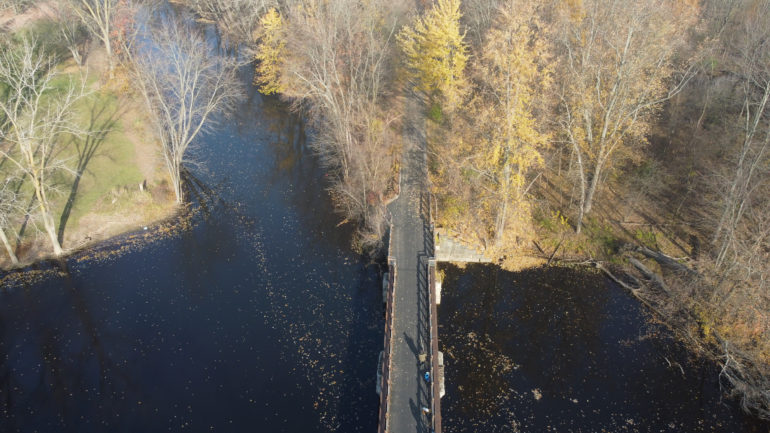
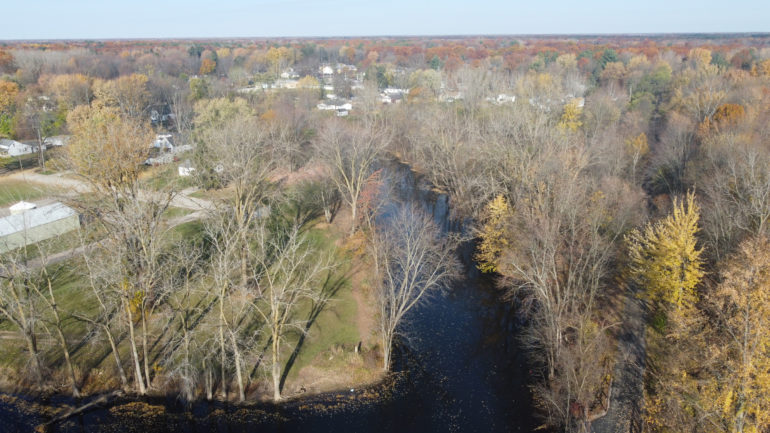
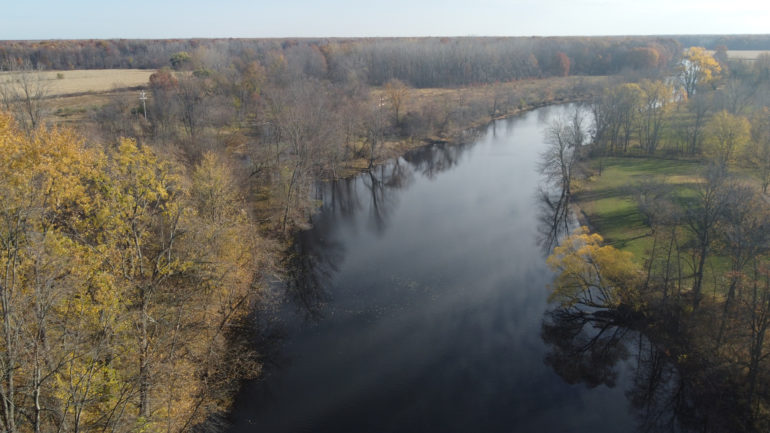

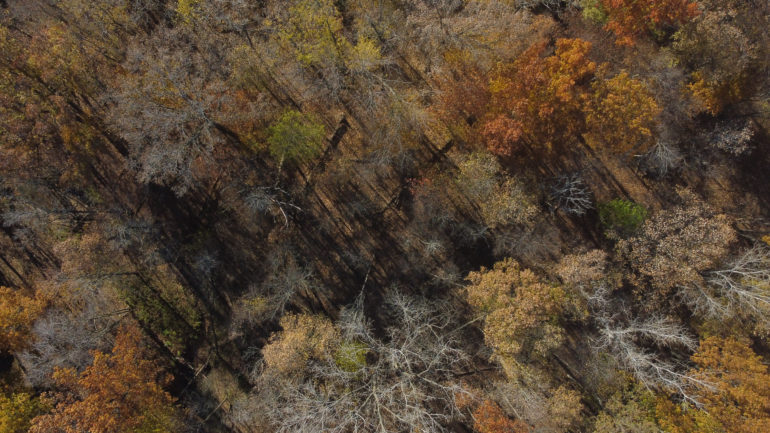
Original, resized JPEGS
The Mini 2 is equipped with a 12 megapixel, 1/2.3-inch sensor — specs that essentially make the drone a point-and-shoot with wings. Unlike the first generation, the Mini 2 includes RAW. Image quality is consistent with that of a basic point-and-shoot that the specs indicate.
The most impressive aspects of the images come from taking photos and videos from nearly any position you can dream up. At 12 megapixels — and from far distances — images aren’t very detailed but acceptably sharp. But steer clear of the 4x digital zoom. The color feels accurate. Importantly, the three-axis gimbal did its job, and I didn’t detect any noticeable blur in photos taken during the day. Both auto and manual modes are built-in — auto mode had a slight tendency to overexpose on a sunny day.
Video has improved to 4K 30 fps over the first generation. The footage is incredibly smooth. Watching the little Mini 2 zip across the sky at full speed, I thought for sure the video would be nauseating to watch, but even the motion from the drone was perfectly paced. Again, the gimbal did an excellent job, and I couldn’t detect any wobble from in-flight videos.
Flying the pre-launch model, we have yet to really put the Mini 2 through its paces or try out RAW shots. However, I didn’t find any red flags that weren’t consistent with a camera with these specifications.
DJI Mini 2 First Impressions
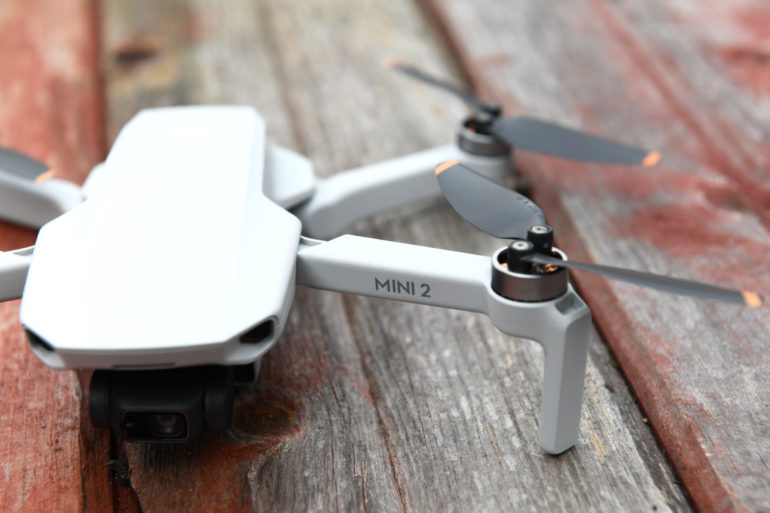
The DJI Mini 2 is the ideal learner’s permit drone. The lightweight and built-in safety features make it an excellent choice for photographers like myself who know how to take pictures with two feet on the ground, but know only basic safety measures for drone flight. The price point — $449, or $599 for the Fly More combo with three batteries, a charging hub, and a case — makes it an easier entry for photographers who want to learn before investing in an advanced drone. The beginner-friendly drone is also ideal for non-photographers, including social media influencers and hobbyist drone enthusiasts on a budget. It is simple to fly, has some excellent safety features, and is portable enough to take anywhere. And, let’s face it, is simply a blast.
The downside is that the Mini 2 doesn’t include some of the more advanced features and larger camera sensor of the pricier models. Obstacle detection would have created the safest experience, though DJI doesn’t have any room to add more sensors and keep the drone under 250 grams.
While I’ll reserve my final thoughts until I’ve had more fights under my belt, the DJI Mini 2 has, like the first generation, so far impressed with its ease of use and portable size. Stay tuned for a full DJI Mini 2 review.


